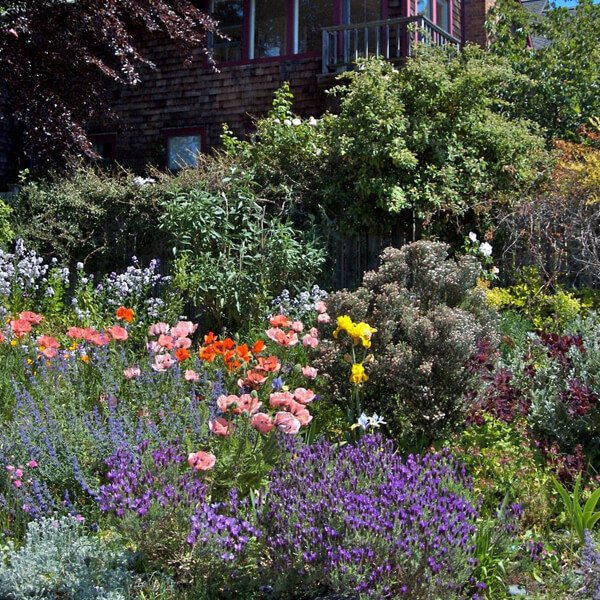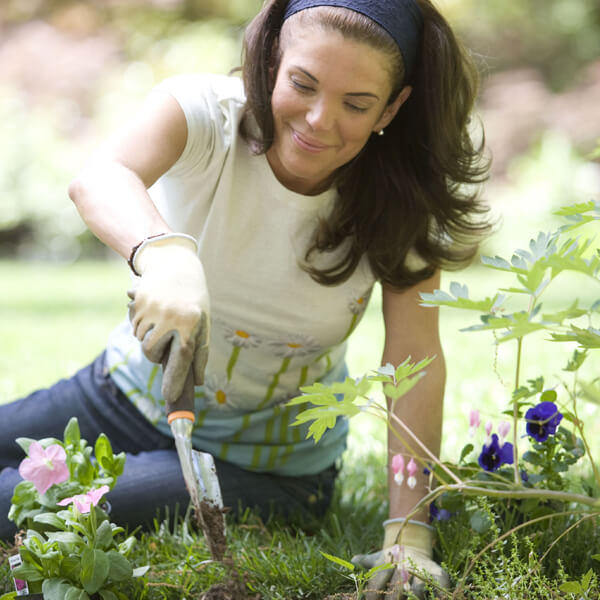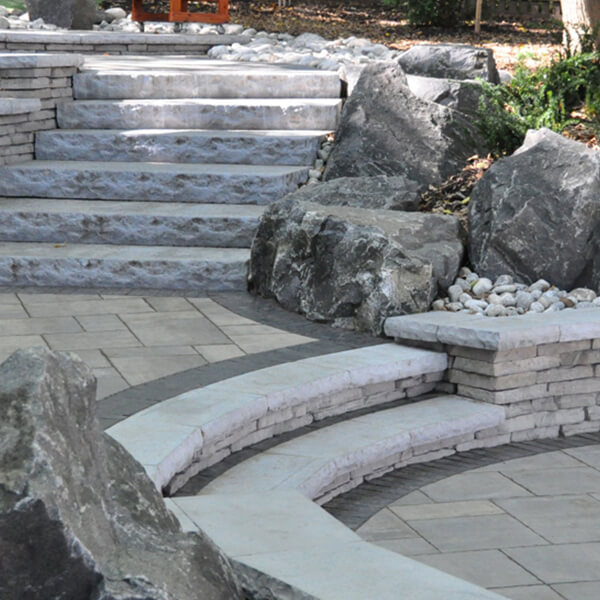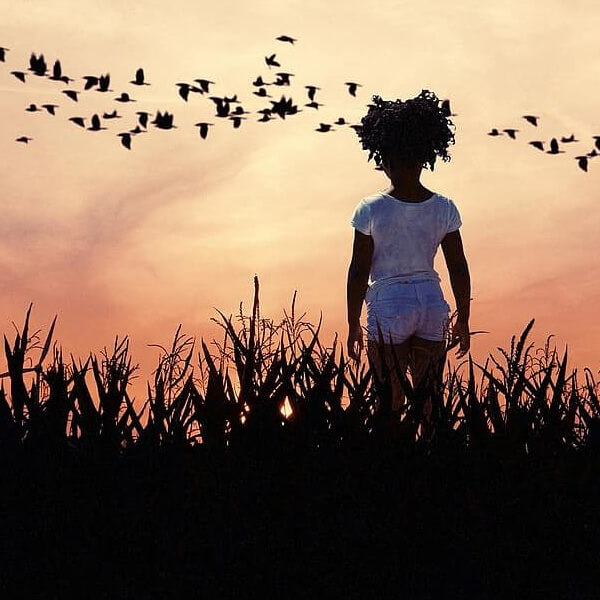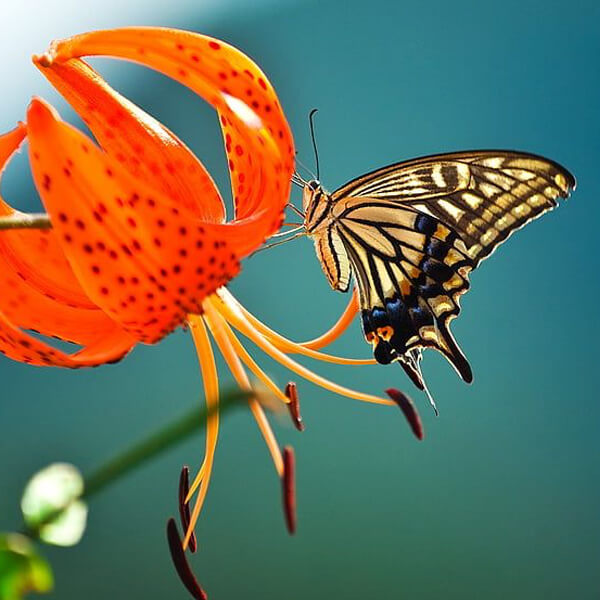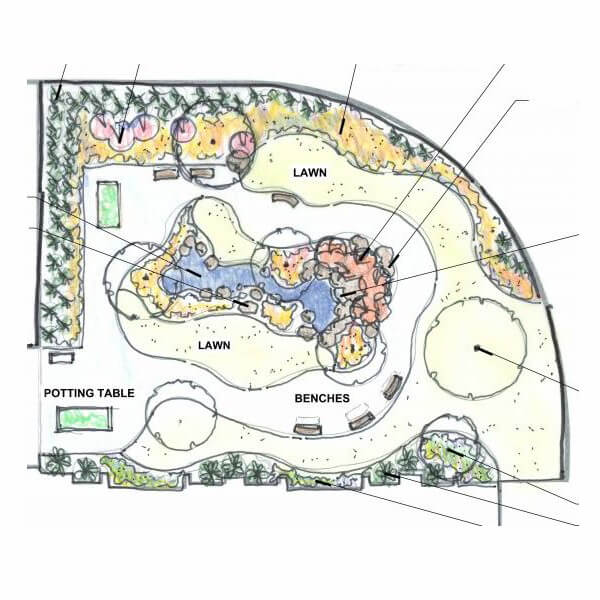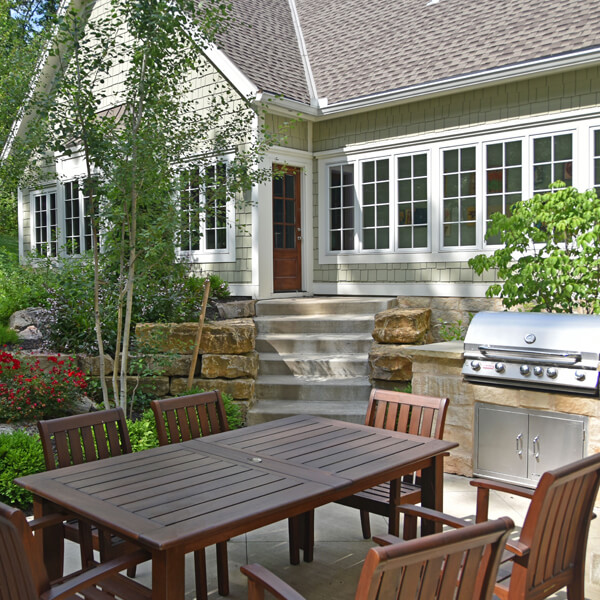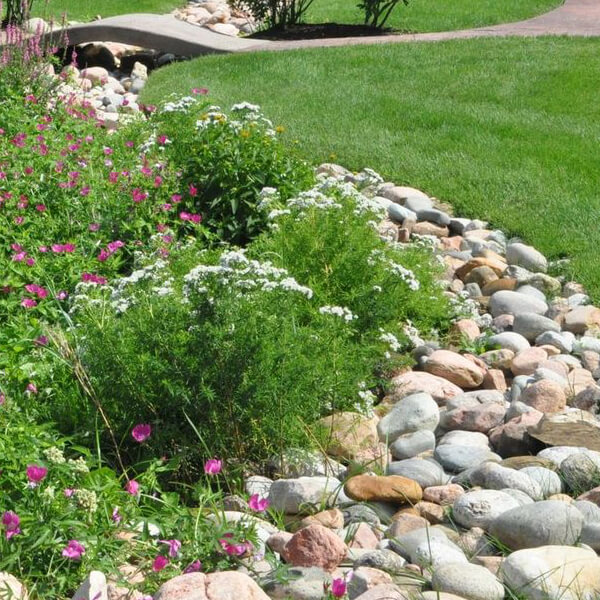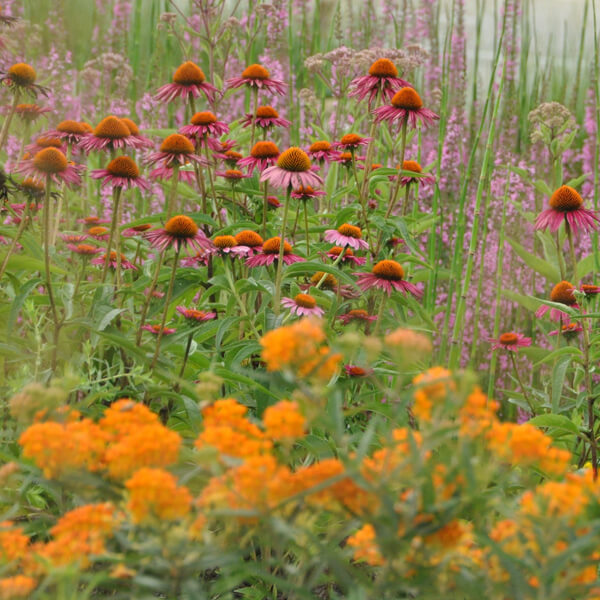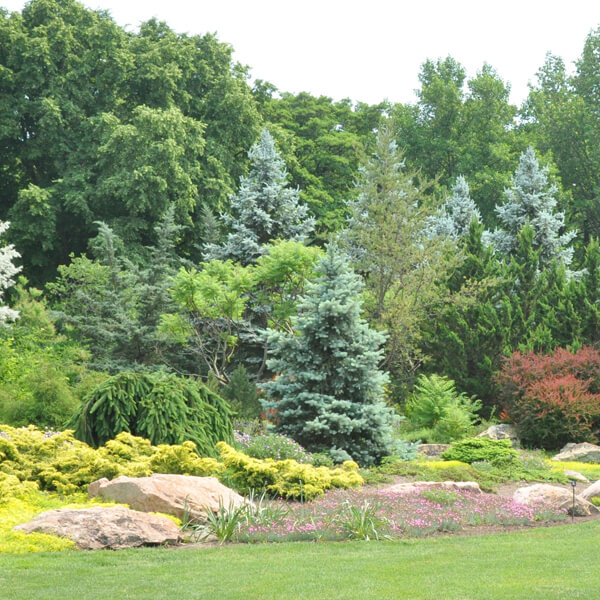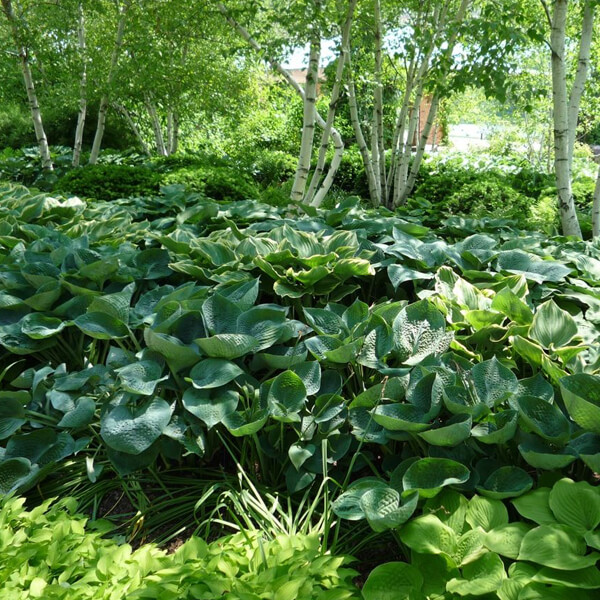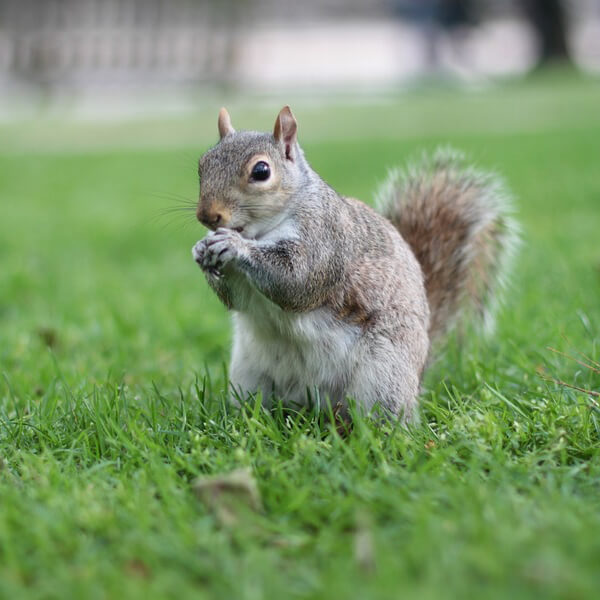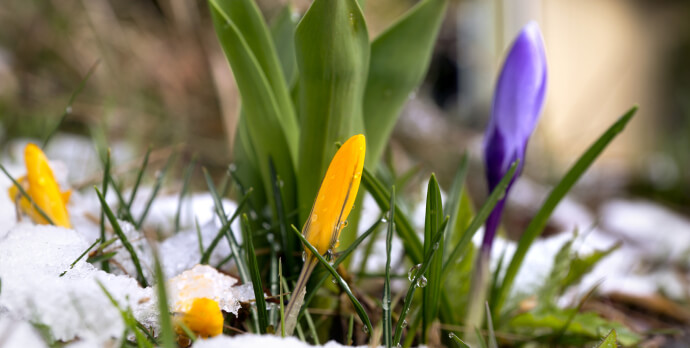
Please Don't Celebrate An Early Spring!
As I was leaving the grocery store last Monday, the cashier merrily called out, “Enjoy this glorious weather!” While I appreciated the heartfelt send off, I have to admit I cringed inside. 72 degrees in February in mid-Missouri isn’t glorious; it’s dangerous, at least by phenological standards.
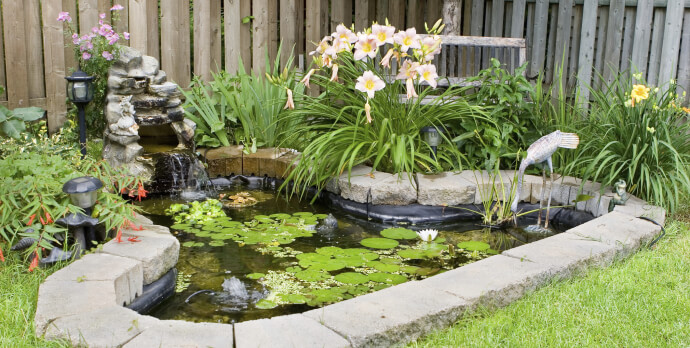
Consider Micro-climates When Using a Climate Zone Map
We are having our typical February break from winter. The sun is shining and it’s even warm enough to trade the heavy winter coat for a light jacket. No matter what chores are looming inside, the pull is to be outdoors and in the garden. Obviously it isn’t time to plant (here in Missouri we are almost guaranteed another burst of winter soon), but it is a great time to plan.
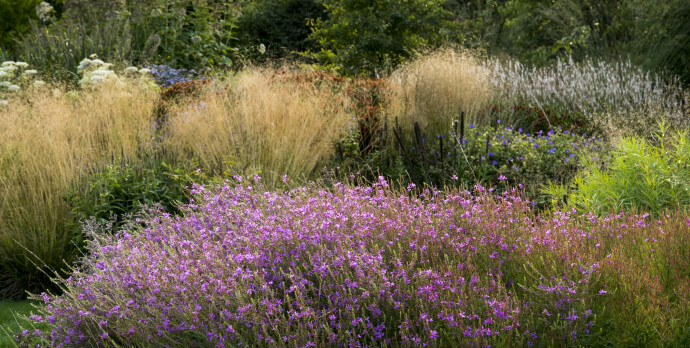
Reflections on the Garden
I gave myself an after-Christmas gift last week – the monograph Piet Oudolf At Work, produced by the London- based publisher, Phaidon. Oudolf, a world renowned Dutch designer, was the featured speaker at a perennial plant conference I attended a few years back, and I’ve been a fan of his work ever since. His gardens are what I want mine to be – seemingly wild, yet subtly restrained and coherent. Everything in his designs fits together beautifully throughout all of the seasons of the year.
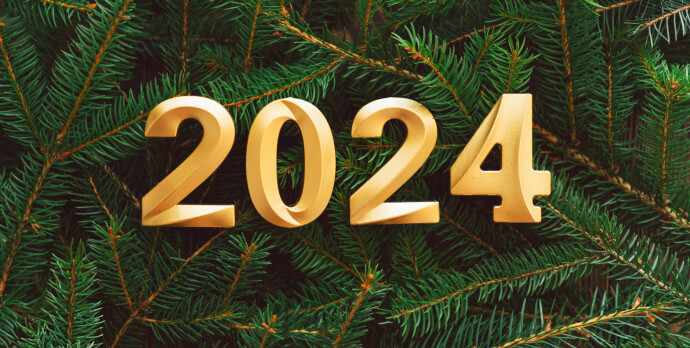
What's In Store in '24?
I was browsing the internet the other day, looking for inspiration when I ran across an interesting twist on the favorite January topic of gardening trends for 2024. Instead of what to do, this article described what not to do. While I appreciated the premise – there are definitely trends to let go of – aren’t there viable alternatives? Looking for answers, I turned to the design staff at Embassy Landscape Group.
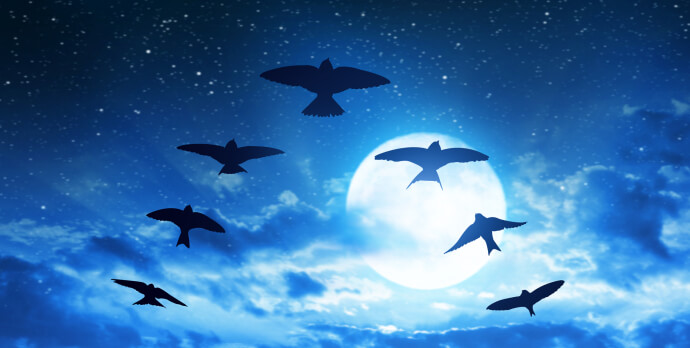
For The Birds
I was absentmindedly browsing through some internet articles last night when a rather bizarre fact caught my attention. According to. BirdCast which is published by the Cornell Lab of Ornithology, 443,900 birds crossed over Missouri the night of November 6, 2023 and a total of 5,788,600 birds were in flight. The random fact immediately sparked so many questions: How do they know the number of birds flying across an entire state on any given day? What kind of birds were they? Where were they from? Where were they going? How far does a migrating bird travel in a day? Being an avid armchair birdwatcher, I couldn’t resist digging just a little deeper to find some answers to my questions . What I found both saddened and encouraged me.
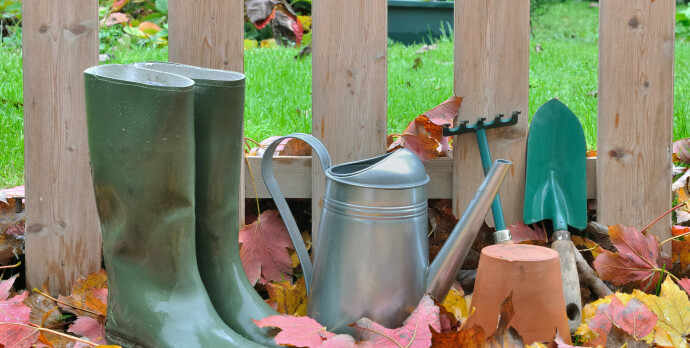
November's To-Do List
It never ceases to amaze me how much work there is left to do in my gardens in November. Even though the blooms are long gone and the foliage is a squishy shade of greenish-gray, I need to motivate myself to bundle up, get outside and get to work. There are 10 chores that, if done now, will make my spring garden thrive.
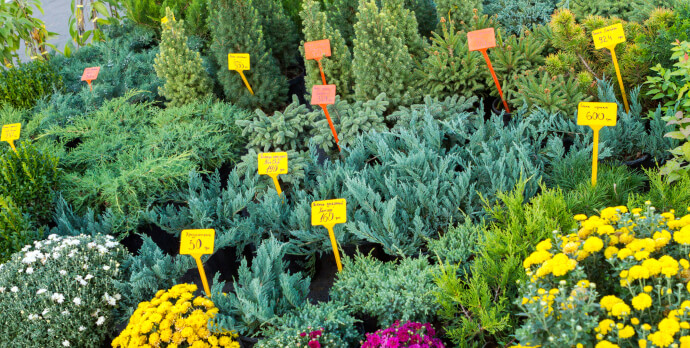
Non-native and Invasive: Same or Different?
As soon as I hit the send button last week, I realized that there was more to think about in our look at native plants. We need to discuss invasive plants vs. non-native, or introduced, plants. It seems there's confusion about which plants are safe to use in the landscape and which aren’t.
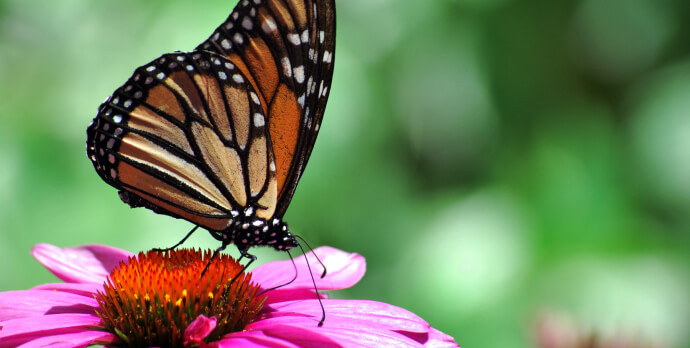
What Is A Native Plant, Really?
Our library system periodically hosts adult Ed programs for the community. The other night there was one about turning your turf lawn into a - and I quote the presenter here - a native paradise for pollinators. Figuring he knew more than I did (ours is three years old and far from a paradise), I settled in to learn.
Categories
